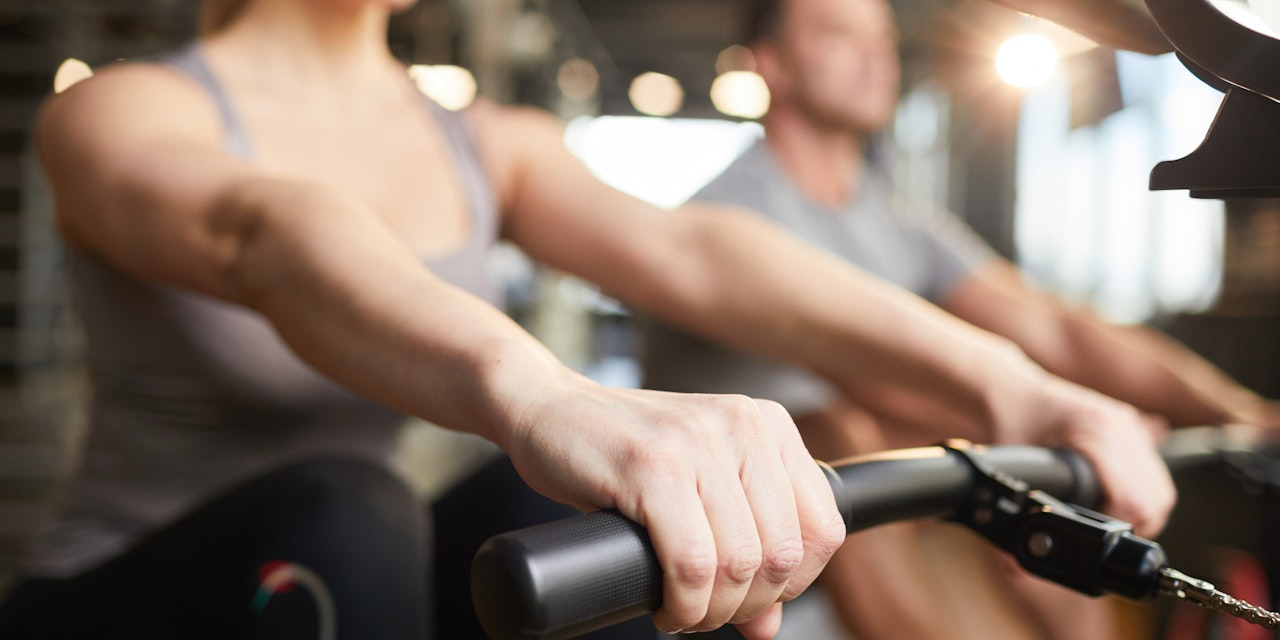The Afterburn: How the Body Burns Calories after a Workout
Did you know you burn calories after a workout, not just during it? Let's take a closer look at how the body burns calories after exercising.
- Published: 12/10/2020
- Categories: Exercises
- 3 min. read

- Published: 12/10/2020
- Categories: Exercises
- 3 min. read
Did you know that you continue to burn calories after you work out? When you’re striving to balance your calorie intake and your energy output, you know to count your calories and track the energy you burn during a workout. But what about after your sweat session ends? Find out what happens to your metabolism after a workout, and learn how the afterburn affects your body and energy levels and how to eat nutritiously to recover.
Aerobic Activity Leads to Excess Post-Exercise Oxygen Consumption
After a strenuous workout, your metabolism doesn’t return to normal immediately. Instead, engaging in aerobic activity causes oxygen debt or excess post-exercise oxygen consumption (EPOC). When you’re in this state, your body needs extra oxygen to get back to its resting metabolic rate. Workouts that require your body to consume more oxygen burn more energy, and the greater your EPOC, the more calories you burn after a workout.
Strength Training Contributes to Higher Long-Term Calorie Burn
When you want to get the most out of your workouts, you want to burn as many calories during and after your gym session. While aerobic activities like running and biking can help you get your heart pumping, they won’t maximize the afterburn alone. Adding strength training to your regular workout can enhance your EPOC, however. Naturally, increasing your muscle size burns more calories since your body needs more energy to move every pound of muscle tissue.
High-Intensity Interval Training Increases Energy Burn
While you might be able to work off more calories during an extended gym session, you don’t always have to work out longer to get better results. In fact, studies have shown that high-intensity interval training (HIIT) is one of the best ways to boost your oxygen debt. Like its name implies, HIIT training involves short intervals of high-intensity exercise that push your body to its limits. In between each interval, you’ll rest for a short period before kicking your body into high gear again.
When you do a HIIT workout, you’ll typically do a combination of cardio and strength training designed so your body uses as much oxygen as possible. After you finish the workout and catch your breath, your body will keep drawing oxygen and burning calories at an accelerated rate. In fact, a 2011 study shows that after HIIT training, some people burned almost 200 extra calories in the 14 hours after their workout ended.
Track Calories Burned to Monitor Your Progress
As you change up your workouts and increase the intensity, you’ll want to keep a close eye on how much energy you burn so you’ll know whether to adjust your calorie intake. Use a calories-burned calculator to keep track of your daily workouts, your calories burned, and your calorie count. With the right app, you can even find out which workouts are ideal for helping you meet your weight loss goals.
Whether you want to burn fat, build muscle, or do a little of both, maximizing your EPOC is key. With a calorie calculator in hand, you can easily optimize your calorie intake and your EPOC as you strive to hit your goals.
All of the content and media on Lifesum is created and published for information purposes only. It is not intended to be used as a substitute for medical advice or treatment. Users should always consult with a doctor or other health care professional for medical advice. If you have or think you are at risk of developing an eating disorder, do not use the Lifesum app and seek immediate medical help.